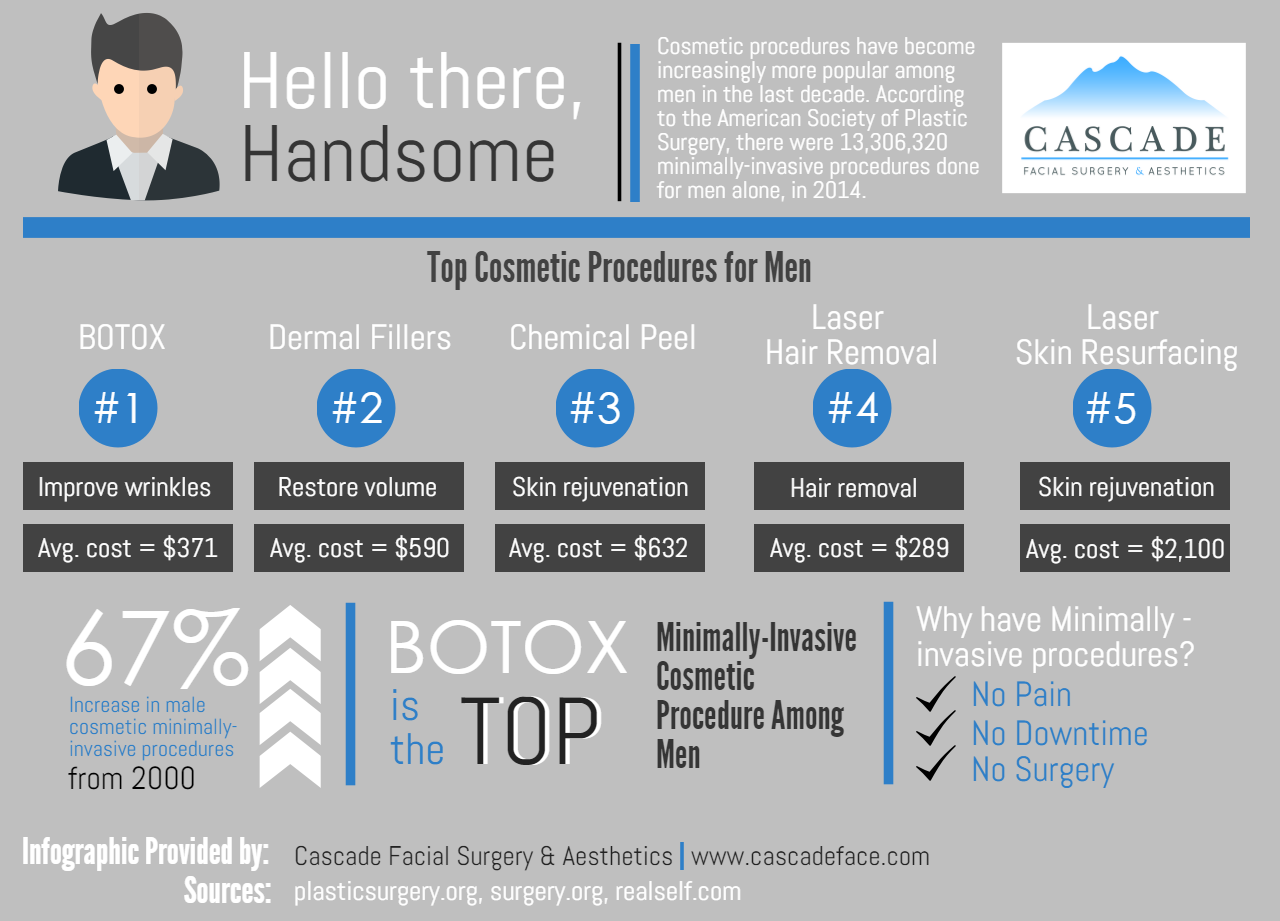Do Pillowcases Cause Acne
Do Pillowcases Cause Acne
Blog Article
Acne Treatment - What Are AHAs in Acne Therapy?
AHAs are an essential ingredient for unclogging pore blockages and lightening up acne-prone skin. They work by breaking down dead skin cell build-up to promote newer, fresher cells, and preventing future blockages.
Developing topical AHAs requires meticulous focus to numerous essential factors that significantly influence their effectiveness and tolerability. Preserving the optimal pH array, together with vehicle option and focus, amplifies their exfoliative attributes while minimizing prospective unfavorable responses.
Glycolic acid
Glycolic acid is understood for its mild yet reliable exfoliating residential or commercial properties, which advertise skin's natural shedding and loosen up the "glue" that holds dead cells externally of the skin. This assists unblock pores and lessen the appearance of great lines and wrinkles, along with enhance overall skin structure and tone.
Interestingly, topical glycolic acid has actually also been revealed to stimulate the manufacturing of collagen, which is crucial in maintaining skin's suppleness and elasticity. It is important to note, however, that since glycolic acid can stimulate the skin's level of sensitivity to sunlight, it is vital to use sun block when using any kind of products including this ingredient.
Skin doctors pay careful focus to the formulation of items containing AHAs in order to enhance their efficiency and tolerability. Formulating AHAs with the proper vehicle, together with pH and concentration factors to consider, permits optimal skin infiltration while reducing possible negative reactions. This is specifically essential for people with sensitive skin, given that AHAs are known to be slightly irritating.
Lactic acid
Lactic acid is discovered in several over the counter skin treatment items and some stronger specialist peels and treatments. It has the most affordable molecular weight of all the AHAs and is able to permeate much deeper into the skin, where it is a lot more reliable at unclogging pores and exfoliating.
Like glycolic acid, it likewise boosts collagen synthesis, which helps reduce great lines and wrinkles and enhance skin appearance. Additionally, it has moisture-retention homes, that makes it better for drier skin kinds than various other AHAs.
The extensive body of scientific data validating the efficacy of topical AHAs supports their utility in a wide range of skin-related afflictions and aesthetic worries. These consist of detailed skin rejuvenation procedures, depletion of great lines and creases, lightening of hyperpigmentation, therapeutic intervention for actinic keratosis, and acne administration [2] Maximizing the formulation of AHAs by balancing pH, concentration, and automobile option better enhances their restorative capacity. These cautious considerations enable skin specialists to supply secure and reliable treatments that provide superior medical results.
Mandelic acid
Mandelic acid, originated from almonds, is an additional participant of the AHA family members and is a popular ingredient in products that assist deal with acne. Its larger molecular size implies it permeates the skin a lot more gradually and delicately, which can reduce the potential for inflammation. It's likewise less likely to activate soreness and various other skin level of sensitivity concerns, making it ideal for delicate skin kinds.
Mandelic Acid is believed to help in reducing inflammation and boost lip injections near me hydration. It works by loosening up the bonds between dead skin cells, enabling them to drop and expose fresher-looking skin. It additionally helps in reducing the look of bigger pores.
Formulating topical items with AHAs calls for a precise balance of essential factors that considerably influence their effectiveness and tolerability. Particularly, the pH of an AHA solution has been revealed to play a critical role in its capacity to advertise exfoliation and enhance skin tone and appearance. Achieving this optimal concentration is a challenging goal and calls for thorough focus to the numerous aspects that affect the formula process.
Citric acid
Citric acid, found in citrus fruits such as oranges and lemons, is a light AHA. It's much less bothersome than glycolic or lactic acid, making it preferable for delicate skin. It likewise has astringent buildings, aiding to dry excess oil.
Like other AHAs, citric acid can be utilized in chemical peels and everyday active/maintenance treatments to scrub the skin and advertise cell turn over. It can help in reducing the appearance of dark areas and hyperpigmentation, as well as great face lines.
It can also increase the synthesis of glycosaminoglycans, which play a vital role in reinforcing the skin obstacle feature. This assists to prevent trans-epidermal water loss, and maintain optimal hydration levels in the skin [35]
AHAs can be combined with soothing ingredients such as ceramides or hyaluronic acid to improve their tolerability. They can be included right into daily active/maintenance skin care via lotion or serum solutions. This permits professionals to tailor their AHA treatments based upon client needs and choices, with the versatility of choosing from various therapy intensities or focus.